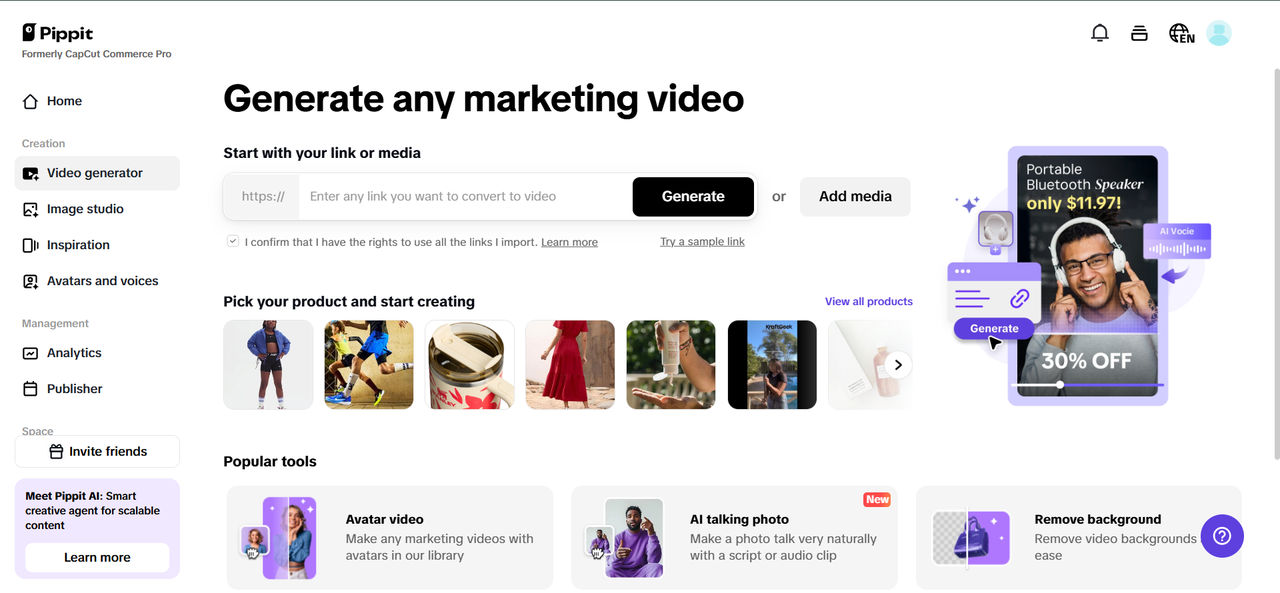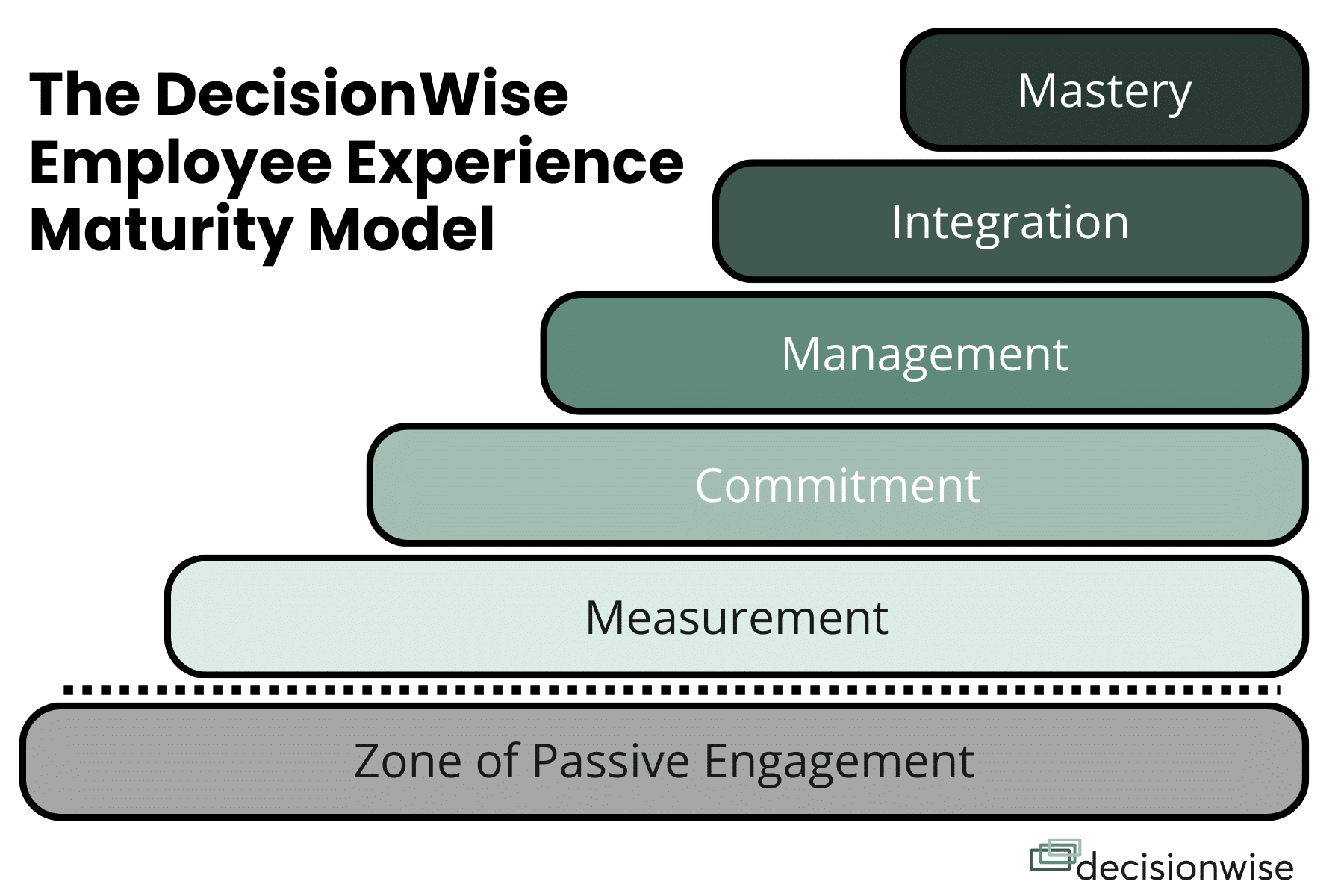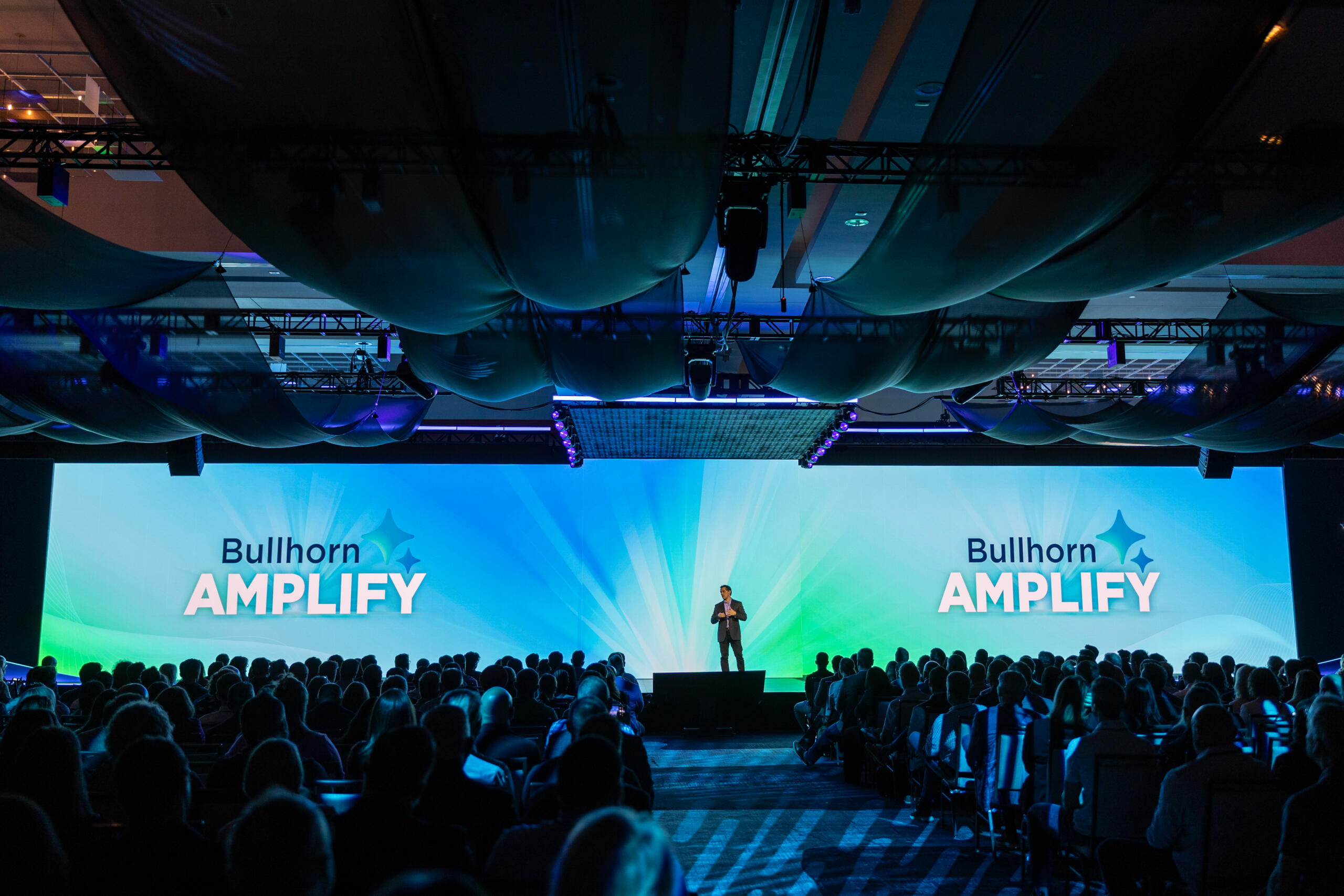Employee engagement is a critical aspect of any successful organization. It goes beyond mere job satisfaction; it’s about employees feeling a sense of purpose and commitment to their roles and the organization as a whole. To effectively drive employee engagement, organizations need to be ready at different levels. This article introduces the DecisionWise five-level maturity model that outlines the stages of organizational readiness for driving employee engagement.
The Zone of Passive Engagement
Before embarking on the journey of active engagement, many organizations find themselves in a zone of passive engagement. In this zone, organizations are not taking any active steps to understand and improve employee engagement. They may be unaware of the importance of engagement or lack the resources or knowledge to take action. This passive state can lead to low productivity, high turnover, and a lack of innovation.
Level 1: Measurement
The journey out of the zone of passive engagement begins with measurement. At this initial stage, organizations are ready to measure employee engagement. They understand the importance of knowing how engaged their employees are and are prepared to take some level of action based on these measurements. This includes communicating the results to the employees, which can help build trust and openness within the organization. It’s a crucial first step, setting the foundation for the journey ahead. At this level, the ownership of the employee experience lies with the Human Resources department.
Level 2: Commitment
The second level involves gaining the commitment of senior leaders. At this stage, senior leaders buy into the process and support greater action planning. Their commitment is crucial as it sets the tone for the rest of the organization and provides the necessary resources and support for further initiatives. It’s a significant milestone in the journey, signaling the organization’s readiness to take more substantial steps towards improving employee engagement. At this level, the ownership of the employee experience expands to include senior leaders.
Level 3: Management
The third level sees managers taking ownership of actions within their span of control. Managers play a key role in driving employee engagement as they are the ones who interact with employees on a daily basis. When managers buy into the process, they can effectively lead their teams towards higher engagement. It’s a pivotal stage in the journey, marking the shift from top-down commitment to bottom-up engagement. At this level, managers join HR and senior leaders in owning the employee experience.
Level 4: Integration
At the fourth level, the concept of employee experience is integrated into decision-making processes. This means that every decision made takes into consideration its impact on employee engagement. This level of integration ensures that employee engagement is not just an afterthought, but a key factor in all decisions. It’s a transformative stage in the journey, indicating the organization’s readiness to make employee engagement a part of its DNA. At this level, all employees understand the importance of a strong employee experience and work to co-create the right environment.
Level 5: Mastery
The final level, Mastery, is reached when results are sustained over time. This means that the organization is not just focused on short-term boosts in engagement, but is committed to maintaining high levels of engagement over the long term. This requires continuous effort and adaptation as the needs and expectations of employees evolve. It’s the ultimate destination in the journey, signifying the organization’s mastery in driving employee engagement.
Conclusion
In conclusion, improving employee engagement is a journey that involves multiple stages of organizational readiness. By understanding and implementing the DecisionWise five-level maturity model, organizations can effectively drive employee engagement and reap the benefits of a more committed and productive workforce. It’s a journey worth embarking on, for the rewards are immense and far-reaching. From increased productivity and improved customer satisfaction to lower turnover rates and enhanced company culture, the benefits of high employee engagement are manifold. So, let’s embark on this journey and unlock the full potential of our workforce.











